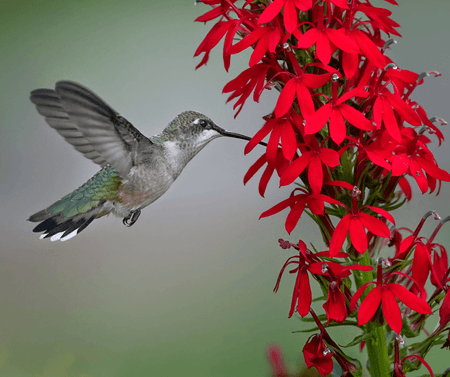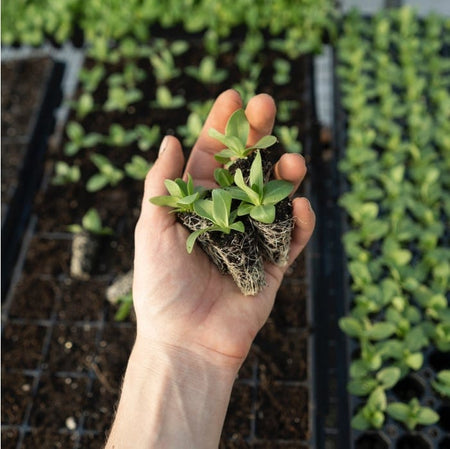Why You Should Leave The Leaves for Wildlife


For many, the first task of fall is raking the leaves. Firing up a leaf blower. Cutting back flower heads. The need to see a tidy green lawn sets in. Bag it all up and say goodbye, but why?
If you’ve got native plants, you know you’re supporting wildlife during spring, summer and fall with your blooms. Fall is even a great time to plant (here’s our tips), but it’s also a great time to put down the rake and let the leaves and other plants continue to provide benefit to wildlife through the winter months.
“Leaves form a natural mulch that helps suppress weeds and fertilizes the soil as it breaks down. Why spend money on mulch and fertilizer when you can make your own? Turning leaves into solid waste is, well, wasteful,” said National Wildlife Federation Naturalist David Mizejewski. “Removing leaves also eliminates vital wildlife habitat.”
If you allow some “untidy” areas, you can save time, money and help out wildlife. At the very least, seek alternatives to throwing your leaves away.
Leave the Leaves for Wildlife
The leaf layer is its own ecosystem! A leaf layer a few inches deep is normal where trees and shrubs naturally grow, whether in woodlands, near your garden or on your lawn. Many wildlife species use the leaf layer as their primary habitat: chipmunks, wood frogs, box turtles, toads, shrews, earthworms, millipedes, salamanders, and thousands of insect species.
Some species of insects overwinter as eggs, some as pupae, and some as adults. In the case of moths, 94% of species rely on the leaf layer to complete their lifecycle. The caterpillars find cover under leaves and pupate in cocoons, emerging as adults the next spring.
The vast majority of our backyard birds — some 96% — rely on those butterfly and moth caterpillars as the primary food source for their babies during nesting season. If you remove all of your fallen leaves, there will be fewer of these insects in and around your yard and likely fewer birds, too.
Leave the Leaves for Climate
According to the Environmental Protection Agency, leaves and other yard debris account for 34.7 million tons of waste per year in the U.S.! That is about 13.3% of all solid waste in the country. The EPA also notes that yard waste generates methane gas in landfills, which pollutes the air we breathe, and can make its way into the ground, polluting our soil and water.
Gas-powered blowers and mowers are serious producers of air pollution, impacting human health and contributing to climate change. They also produce tremendous amounts of noise pollution!
Burning your leaves is not the answer either! Burning leaves contributes to air pollution, can be dangerous for those with lung conditions, and creates uncontrolled fire risk. Many cities and states have banned burning leaves.
Tips to Leave the Leaves This Year
- Let leaves remain where they fall. They won't hurt your lawn if you chop them with a mulching mower.
- Rake leaves off the lawn and recycle as mulch in garden beds. For finer-texture, shred them first. From a gardening perspective, fallen leaves offer a double benefit. Leaves form a natural mulch that helps suppress weeds and at the same time fertilize the soil as they break down.
- Make nutrient-rich compost to add to your garden next spring. Composting or shredding will likely eliminate many of the insects living in the leaves as you shred them, but at least you’ll be recycling the leaves back into your soil.
- Build a brush shelter for wildlife. Along with branches, sticks and stems, leaves can be used to make brush piles that shelter native wildlife.
The best option of all is to create a landscape where you don’t have to mow, blow or rake at all, but can allow the natural cycle of leaves falling where they may to happen. Reducing your lawn in favor of plants that are native to your area will provide wildlife with food, cover and places to raise their young.

Find Native Plants by Zip Code
We took the guesswork out of planting native. Check your zip to see what ships!

